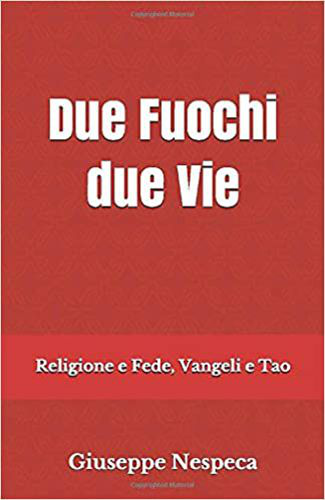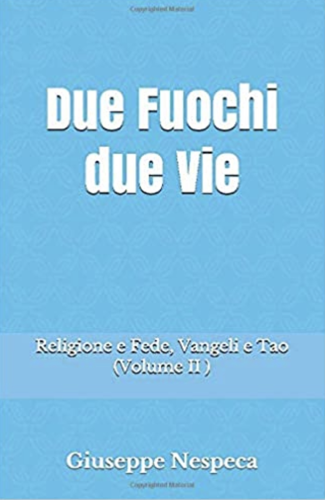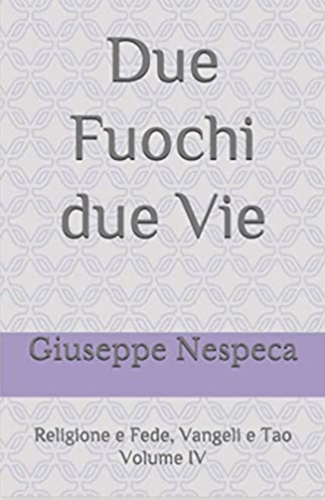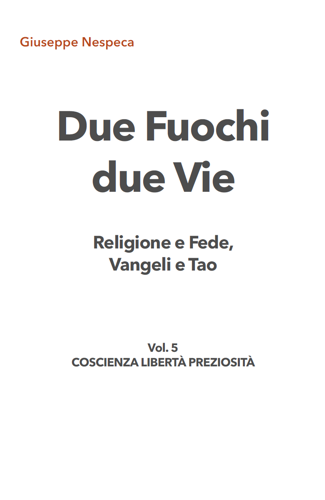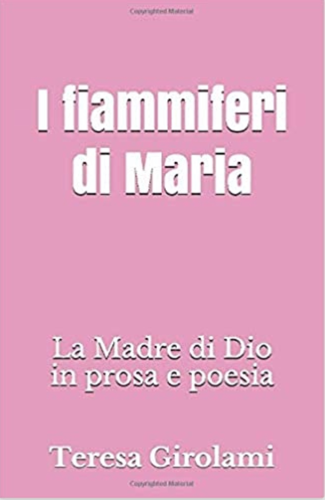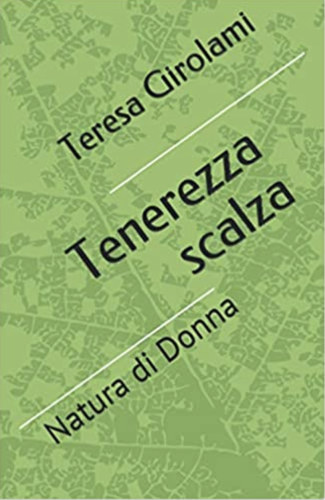Talking about God means first of all expressing clearly what God we must bring to the men and women of our time: not an abstract God, a hypothesis, but a real God, a God who exists, who has entered history and is present in history; the God of Jesus Christ as an answer to the fundamental question of the meaning of life and of how we should live. Consequently speaking of God demands familiarity with Jesus and his Gospel, it implies that we have a real, personal knowledge of God and a strong passion for his plan of salvation without succumbing to the temptation of success, but following God’s own method. God’s method is that of humility — God makes himself one of us — his method is brought about through the Incarnation in the simple house of Nazareth; through the Grotto of Bethlehem; through the Parable of the Mustard Seed.
We must not fear the humility of taking little steps, but trust in the leaven that penetrates the dough and slowly causes it to rise (cf. Mt 13:33). In talking about God, in the work of evangelization, under the guidance of the Holy Spirit, we must recover simplicity, we must return to the essence of the proclamation: the Good News of a God who is real and effective, a God who is concerned about us, a God-Love who makes himself close to us in Jesus Christ, until the Cross, and who in the Resurrection gives us hope and opens us to a life that has no end, eternal life, true life. St Paul, that exceptional communicator, gives us a lesson that goes straight to the heart of the problem of faith: “how to speak of God” with great simplicity.
[Pope Benedict, General Audience, 28 November 2012]





